Contents
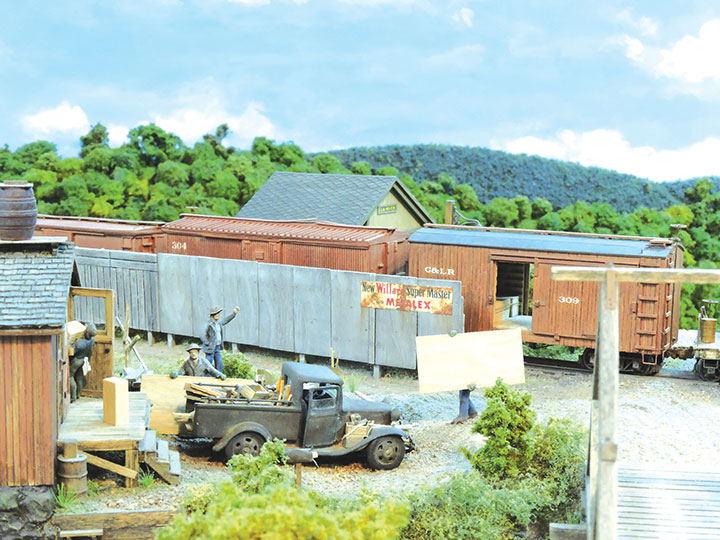
Feature
Producing Plastic Plywood
Modeling plywood sheathing has intrigued me since reading Bob Hayden’s article in the January/February 2010 Gazette about his boxcar scratch-bashing projects. Following Bob’s article, I tried modeling a boxcar in On30 (see sidebar), as it seemed an appropriate upgrade approach for my frugal Appalachian short line.
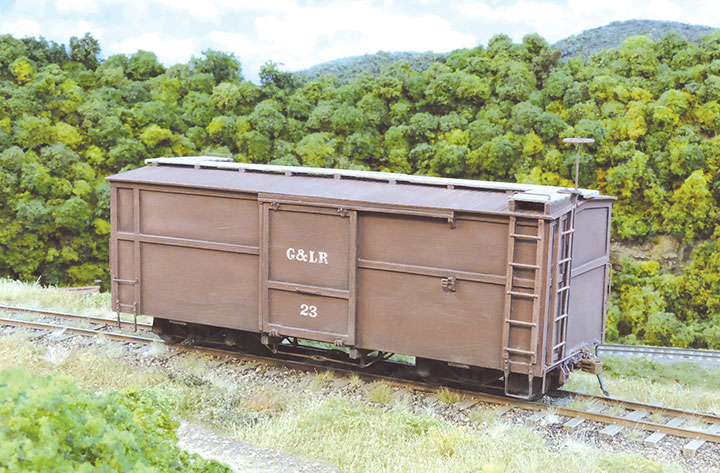
Feature
Plywood-sheathed Boxcar
Following Bob Hayden’s article, I built an On30 version of a plywood-sheathed boxcar for my Greenbrier & Lost River RR, with a few departures (as noted in the five photo captions following).
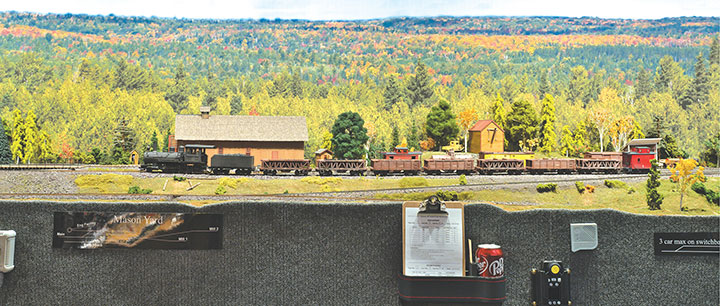
Feature
Operations On Pat Thoney’s On30
The operator at the Quincy scale house calls the office in the back room of the roundhouse and the Finnlander says: “This is Thorvald Kaminen at the scale, Train 1, Engine 6, seven cars—four loads for mill number one at 225,200 gross pounds, and three loads for mill number two at 169,100 gross pounds. Ready for departure at 6:10 AM.” Clerk Sven Svenselrud replies, “Gottcha down on the sheet there fer sure hey.” And thus begins the run of the first rock train of the day on Pat Thoney’s Quincy & Torch Lake Railroad where it is forever October of 1942. We are visiting the Upper Peninsula of Michigan where the residents are known as Yoopers, and their dialect is an endearing part of the culture. We will follow Train 1 in our ’37 Chevy and shoot photos of whatever railfan opportunities we find.
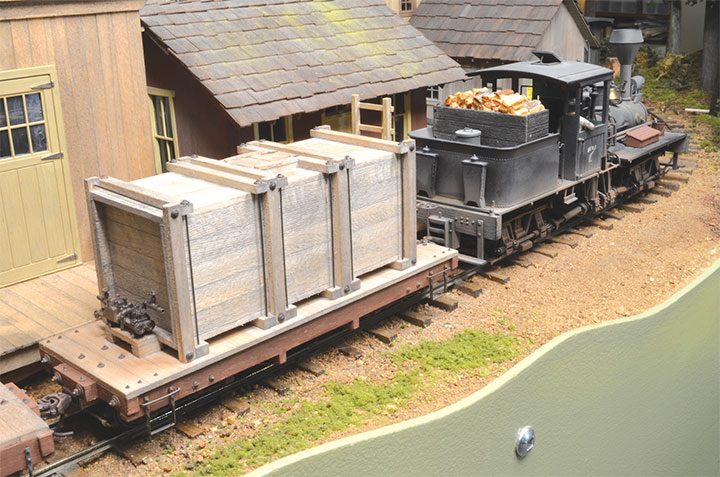
Feature
An On30 Water Car
One of the greatest aspects of this hobby is scratchbuilding. For many years I have constructed my own logging rolling stock in HO scale and recently decided to dabble in On30 by building a small display layout to take to our local train shows. See the March/April 2022 Gazette for the article on this layout. In my scratchbuilding endeavors I had made a few pieces of On30 rolling stock, however the next project needed to be something interesting. The plan was to utilize one of my 20-foot flatcars to create a wooden water tank car with a steam driven water pump.
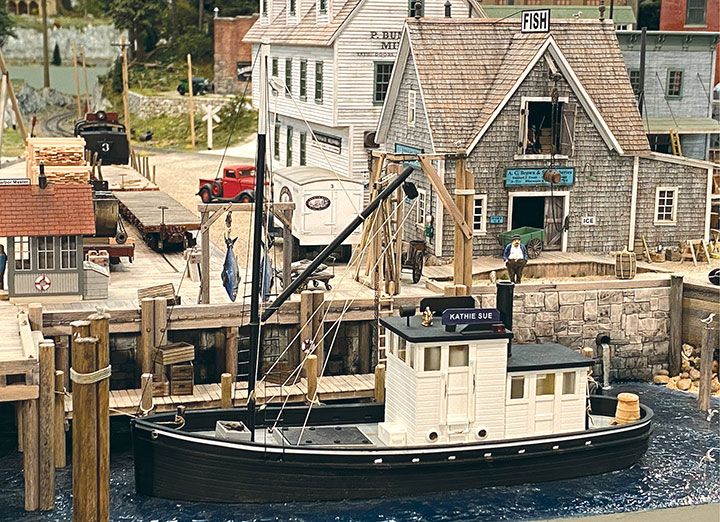
Feature
Along The Waterfront
I discussed creating water effects and the construction of the dock and cargo transfer system on the waterfront of my layout in the July/August 2022 Gazette. In this issue, I’ll describe the various watercraft and the industries along the waterfront.
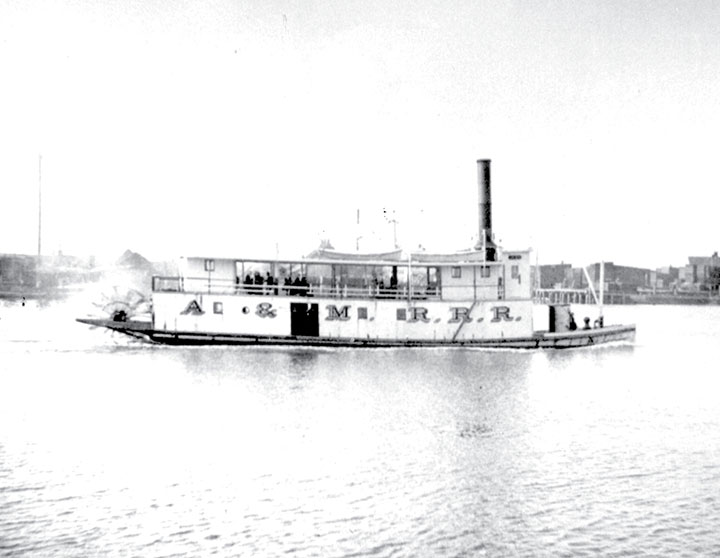
Feature
The 45 ¼-Inch Gauge Arcata & Mad River Railroad
The Arcata & Mad River, while neither long nor impressive, is nevertheless a railroad of great historic importance. Begun in 1854, just four years after the discovery of Humboldt Bay, it was destined to become the first common carrier railroad in California, if not the entire West Coast, with the longest history of continuous operation of any western railroad.
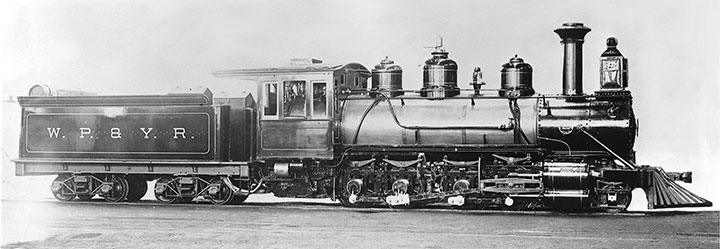
Feature
Locomotives of the White Pass & Yukon Route
The fabled White Pass & Yukon Route (WP&YR) was and is a narrow gauge railroad like no other in North America. Born out of the need to transport goods and materials north to support the Klondike Gold Rush, the railroad was overdue to the narrow gauge fad of the late nineteenth century. The isolation and the unique scenery have secured its continued existence well into the twenty-first century.
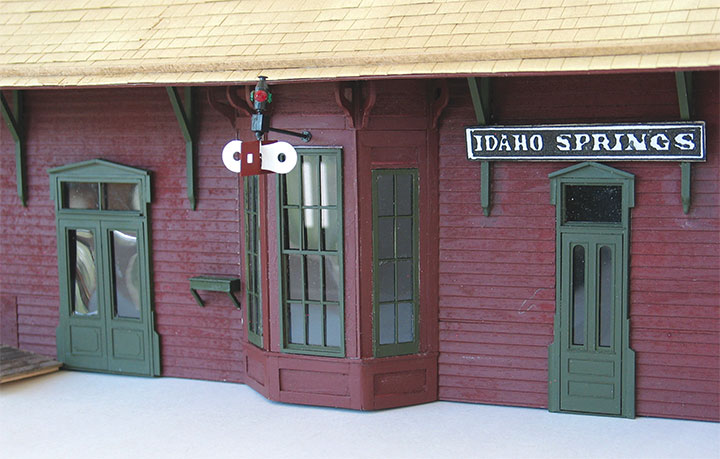
Feature
The Idaho Springs Depot on my 0n3
The depot is probably one of the most interesting and recognizable of any railroad structure. Even the smallest town was proud to have a depot, showing it was important enough to be a stop on the railroad. They were variously known as depots, stations, or telegraph offices, but from the smallest to the largest they were the center of activity during the Golden Era of railroads.
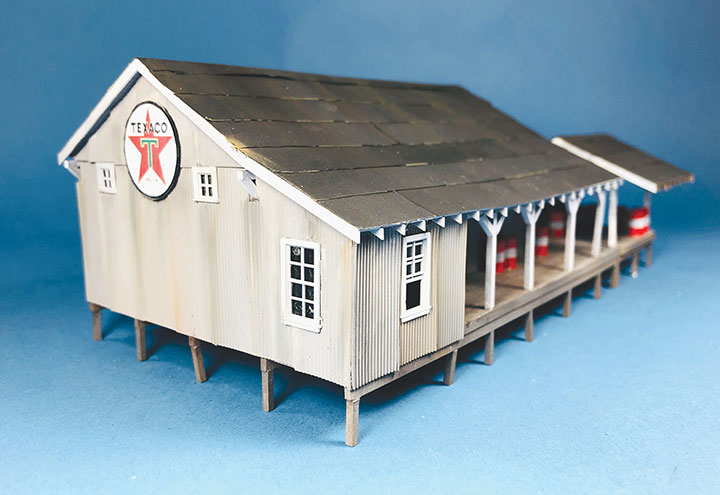
Feature
Old Placerville Petroleum Distributors
In the previous issue of the Gazette, I described how I built an HO model of the Conoco distributor buildings at Old Placerville, Colorado. I’ll continue this story of the petroleum distributors at Old Placerville by describing how I built a model of the Texaco distributor. I’ll conclude this series in the next issue by describing how I built the tanks and put the scene together.
